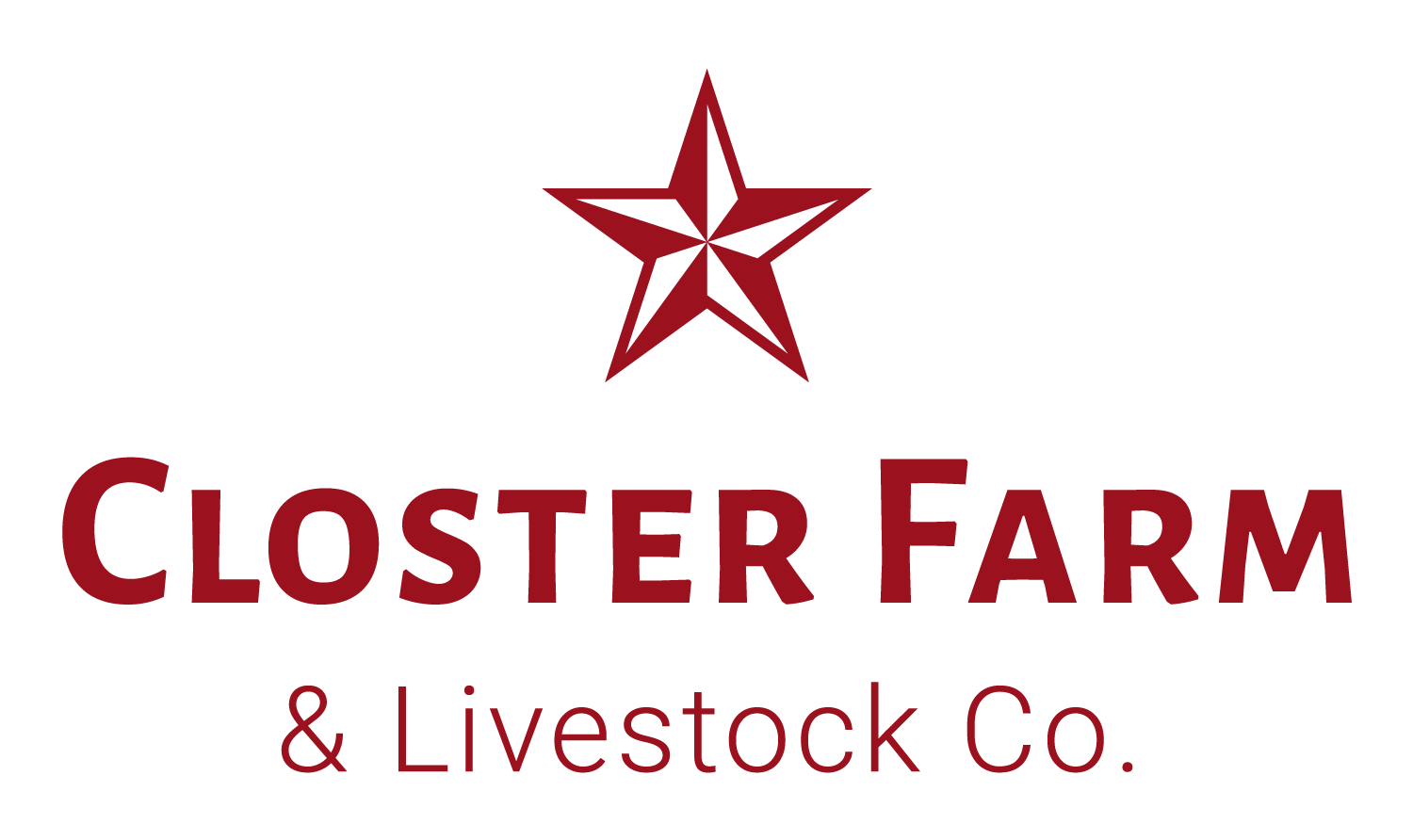Closter Farm Soil – A Dispatch from the Underground, And a Soil Learning Project for You
Building an Organic farm from the “ground up” has been an amazing journey over the past year. In this post however, we will focus from the “ground down” – our soil.
We were able to get up close and personal with our soil during the Spring of 2020 as we ditched around the farm to install 2-inch diameter irrigation piping. We were so happy with the cross-section we saw that we snapped the picture here showing the soil layers, with a shovel dropped in for perspective.
Starting a farm on new land is a HUGE learning curve: where does the water sit, where are the rocks, what areas are crazy fertile and where do we need to add fertility? This soil profile explains why, even in our first year, we were able to consistently stock our Farmstand with vegetables.
Every gardener and Farmer knows that their success and yield are based largely on the quality of their soil. Conventional growers (farmers and gardeners) rely on the trinity of GMO seeds, synthetic fertilizers, and pesticides. Organic growers must instead use only naturally derived inputs and non-GMO seeds, increasing their crops’ susceptibility to disease, and diminishing their ability to quickly add fertility to the their growing space.
The ideal soil is loose (friable), well-drained and high in nutritional content. Note the dark coloration and loose consistency of the top strata of our soil, about 18-24” deep. This allows our plant’s roots to easily spread deep and wide, interacting with the billions of bacteria, fungi, nematodes and microarthropods that help facilitate vigorous plant life. You can think of these critters as an underground ecosystem or “city” built for the benefit of our plants.
Our regenerative agricultural practices focus on optimizing the vibrancy of this underground ecosystem. That’s why you will see us using hand tools and not turning (tilling) our soil layers (our “cities”) upside down with a tractor. In return, these “cities” help us keep the soil moist through dry spells, move plant-available nutrition through the soil to areas that need it, and reinforce the soil’s ability to withstand shocks.
Finally, at the bottom of the soil profile, we have a sand. Sand is not much use for a plant in terms of nutrition, but it is amazing for drainage. This means that even during the several massive downpours we encountered during 2020, our fields never significant puddling for more than a few hours. The water simply drained through our top soil, through the sand below, and then into the water table.
Building soil fertility will be a continuing journey at Closter Farm. And more fertile soil means more fertility and nutrition for the Closter community. We’ll send another dispatch from the underground as things develop!
Want to learn more about the basics of soil fertility and composition? Have a look at these links:
The Rodale Institute has an excellent primer on “soil community” and fertility.
The USDA Natural Resources Conservation Service has an excellent primer on soil structure and profile as well as soil project cards that you could fill out based upon the soil picture above.


